In recent years, wood paneling has experienced a significant resurgence in modern architecture. Once reminiscent of mid-20th century interior design, wood paneling has evolved to become a symbol of both luxury and sustainability in contemporary spaces. Today’s architects and designers are rediscovering wood paneling, not just for its natural beauty and warmth but also for its versatility in blending traditional aesthetics with modern design principles. This resurgence is a testament to the timeless appeal of wood and its adaptability to a wide range of architectural styles, from the classic to the avant-garde.
Aesthetic Appeal of Wood Paneling in Modern Design
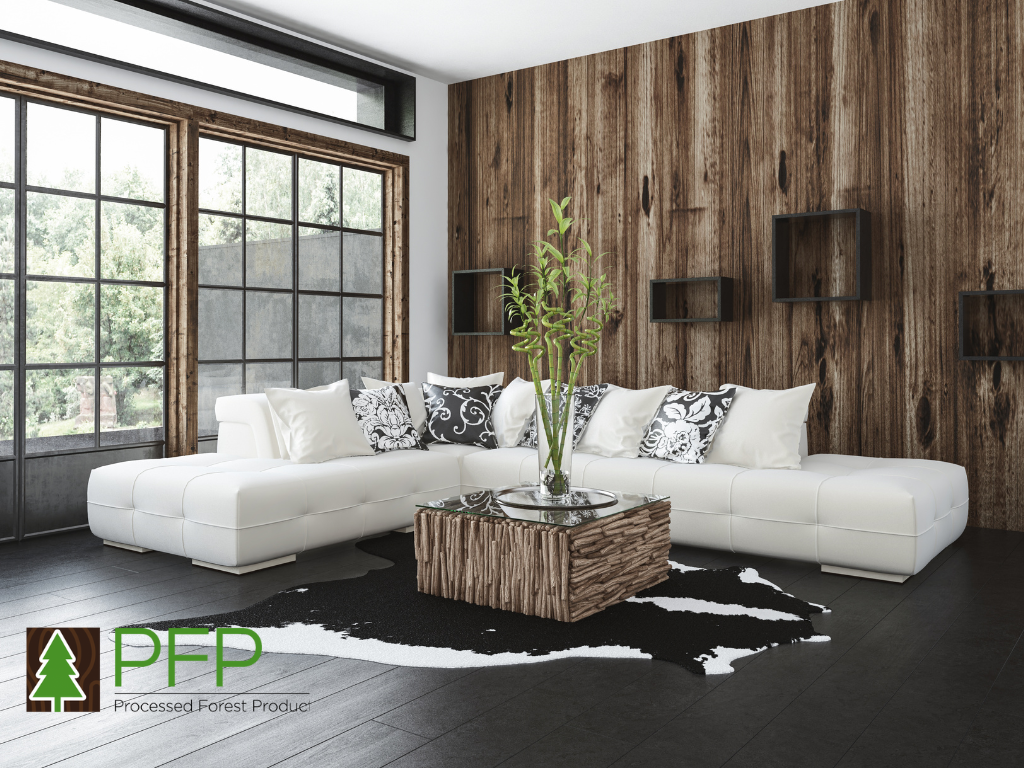
The Visual Impact of Wood Paneling in Contemporary Spaces
Wood paneling brings a unique visual impact to contemporary spaces. Its natural texture and warmth can transform interiors, creating spaces that are both inviting and elegant. Modern wood paneling is far from its dated predecessors, offering sleek, clean lines that complement minimalistic and contemporary design themes. The versatility of wood, with its varied grains, colors, and finishes, allows it to be a focal point or a subtle backdrop in interior design.
Creative Ways Architects Incorporate Wood Paneling
Architects and designers are continually finding creative ways to incorporate wood paneling into modern designs. It is being used not just as wall coverings but also as a decorative element in ceilings, as part of built-in furniture, and even in exterior facades. The integration of wood paneling with materials like glass, metal, and concrete highlights its versatility and ability to harmonize with various design elements, creating a balance between natural and man-made materials.
Wood Paneling in Contemporary Architectural Trends
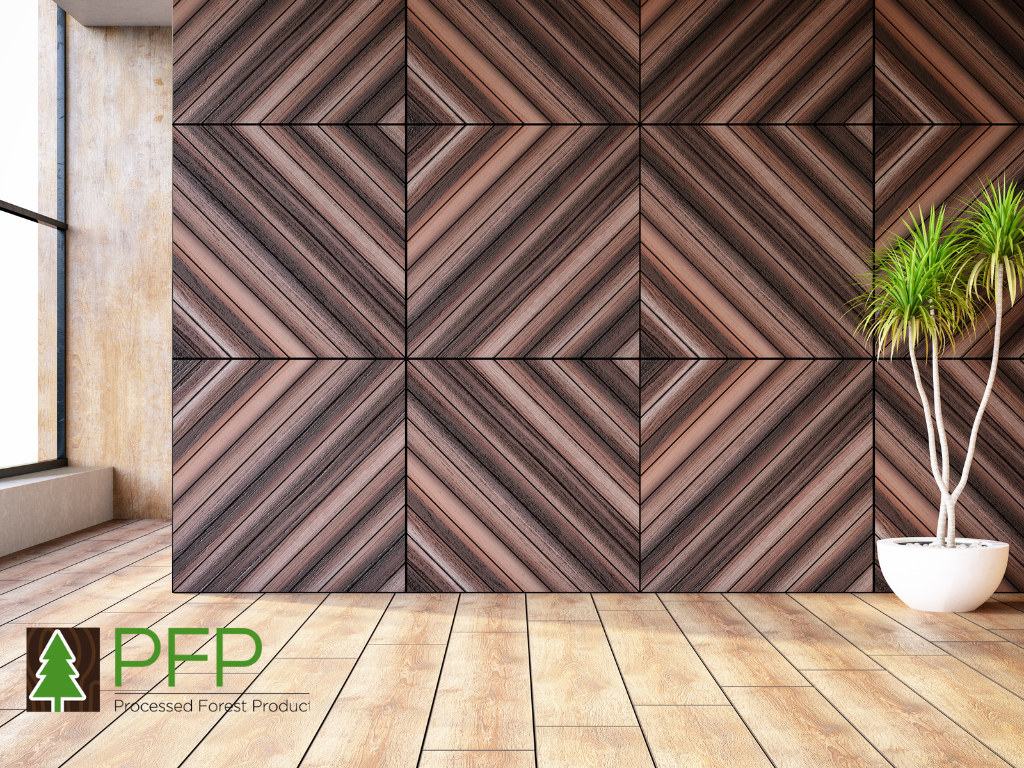
The Revival of Wood Paneling in Modern Structures
The revival of wood paneling in modern architecture is part of a broader trend that embraces natural materials and textures. This resurgence is driven by a desire for sustainability and a connection to the natural world, as well as the aesthetic versatility of wood. Modern wood paneling is not just a throwback to past styles but a reinterpretation that aligns with contemporary design values like simplicity, authenticity, and environmental consciousness.
How Wood Paneling Complements Current Architectural Styles
Wood paneling complements a variety of current architectural styles. Wood paneling serves various roles across different design styles: it introduces warmth and texture to minimalist spaces without overpowering them, elevates opulent styles with a luxurious and crafted feel, and in industrial settings, it offsets the starkness of metal and concrete with its organic beauty.
Functional Benefits of Wood Paneling in Architecture
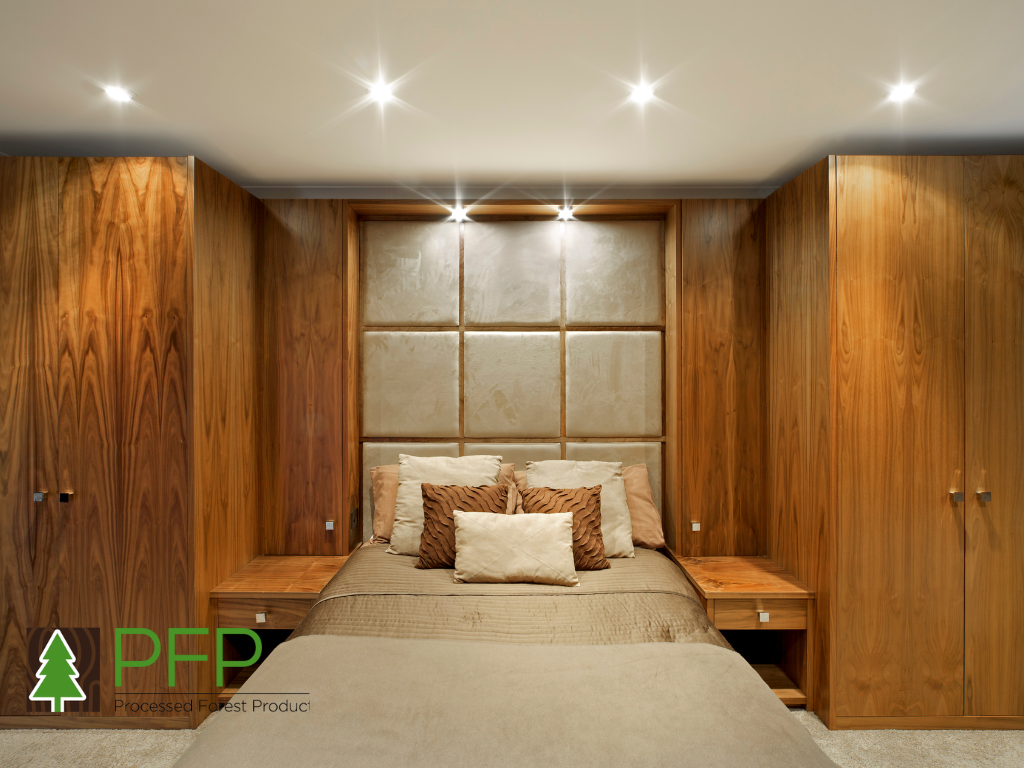
Durability and Sustainability of Modern Wood Paneling Materials
Modern wood paneling materials are designed for both durability and sustainability. Advances in treatments and finishes have enhanced the longevity of wood paneling, protecting it from moisture, pests, and wear and tear. Moreover, the use of sustainably sourced wood and eco-friendly production processes reflects the growing concern for environmentally responsible design in architecture.
Insulation and Acoustic Advantages of Wood Paneling
Beyond its aesthetic appeal, wood paneling offers functional benefits such as insulation and improved acoustics. Wood naturally provides thermal insulation, contributing to energy efficiency in buildings. It also enhances acoustic performance by absorbing sound, which is particularly beneficial in spaces like auditoriums, studios, and open-plan offices.
Technological Integration with Wood Paneling
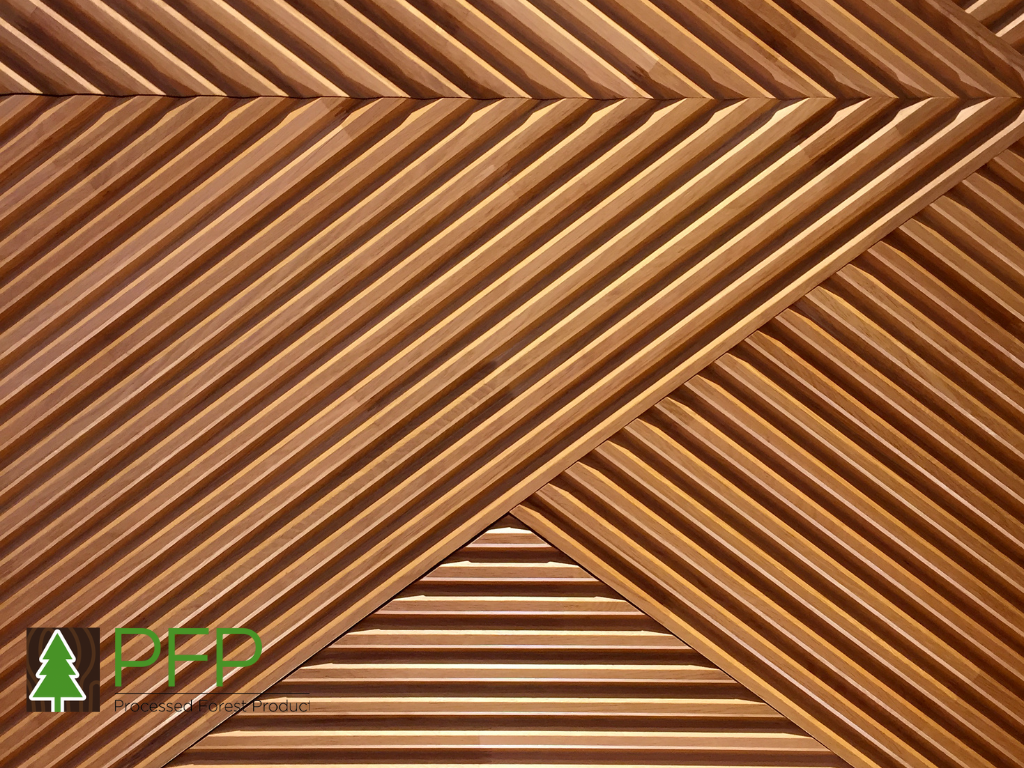
Advancements in Processing and Treating Wood for Paneling
The wood paneling industry has seen significant technological advancements in processing and treating wood. These advancements include improved methods for drying and preserving wood, ensuring longevity and resistance to environmental factors like moisture and insects. Innovative treatments also enable wood paneling to have fire-retardant properties and enhanced strength, making it suitable for a broader range of architectural applications. Furthermore, technological innovations in the finishing process have expanded the aesthetic options available, offering a wider range of textures, colors, and effects.
Incorporating Smart Technology into Wood Paneled Structures
Incorporating smart technology into wood-paneled structures is a growing trend. This can include integrated lighting systems, embedded sensors for monitoring environmental conditions, or even energy-harvesting features. These technological integrations can turn wood paneling from a purely aesthetic feature into a functional component of a building’s smart ecosystem, enhancing both utility and user experience.
Wood Paneling and Eco-Friendly Architectural Practices
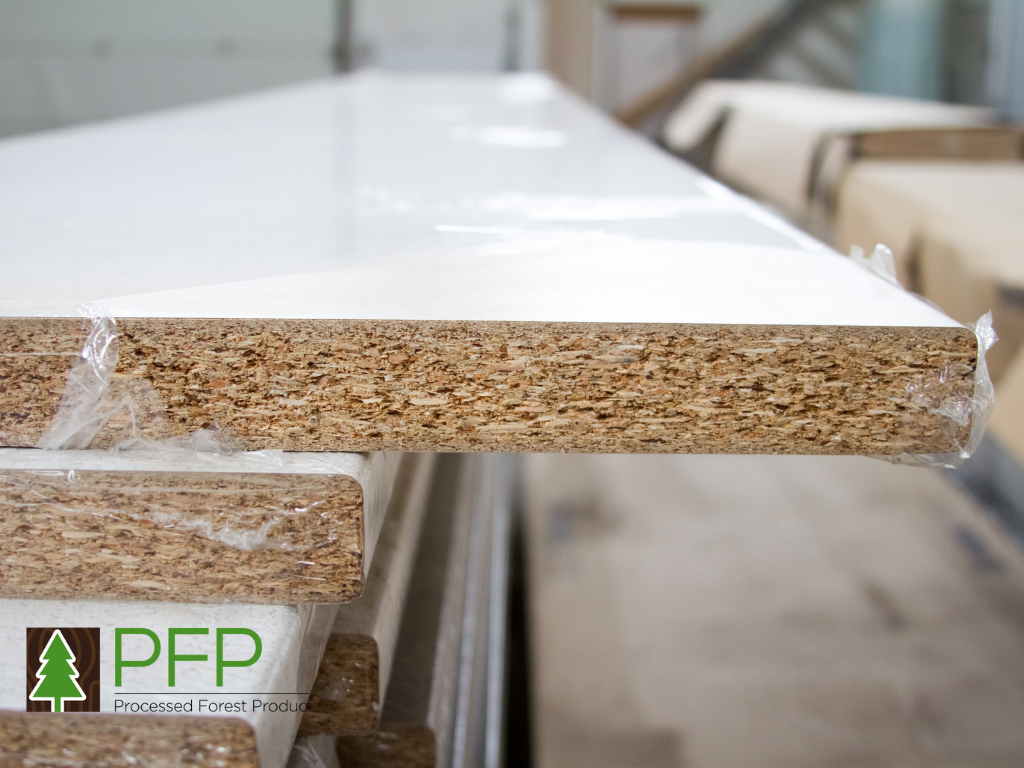
Wood Paneling in the Context of Green Building Design
In green building design, wood paneling plays a significant role due to its natural and renewable qualities. Wood is a sustainable material when sourced responsibly, and its use in paneling contributes to the overall environmental friendliness of a building. Moreover, wood’s natural insulation properties can improve a building’s energy efficiency, aligning with the principles of sustainable design.
The Role of Sustainable Forestry in Wood Paneling Production
Sustainable forestry practices are critical in the production of wood paneling. These practices ensure the long-term health and availability of forest resources while minimizing environmental impacts. The use of wood from sustainably managed forests for paneling not only supports ecological balance but also promotes a positive cycle of renewal and responsible consumption.
Adapting Wood Paneling to Various Architectural Styles
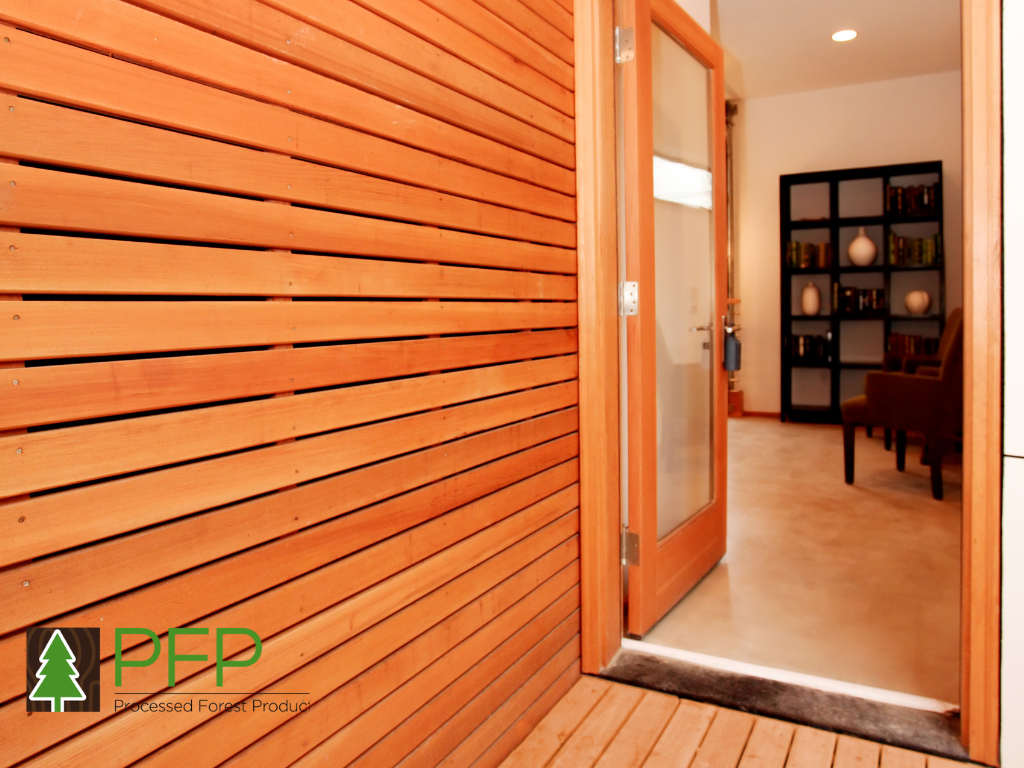
Versatility of Wood Paneling Across Different Architectural Genres
The versatility of wood paneling allows it to adapt seamlessly to various architectural styles. Whether it’s the rustic charm in country homes, sleek sophistication in modern designs, or elegant grandeur in classical architecture, wood paneling can be tailored to enhance and complement different aesthetic themes. Its adaptability lies in its ability to be shaped, sized, and finished in ways that resonate with the architectural intent.
Wood Paneling in Diverse Architectural Contexts
Wood paneling in diverse architectural contexts reveals its broad application. For instance, in a contemporary office, wood paneling might be used to create a warm, inviting atmosphere, while in a luxury hotel, it could be part of a sophisticated, elegant interior design. These highlight how architects and designers leverage wood paneling to achieve specific aesthetic and functional goals.
Challenges and Solutions in Implementing Wood Paneling
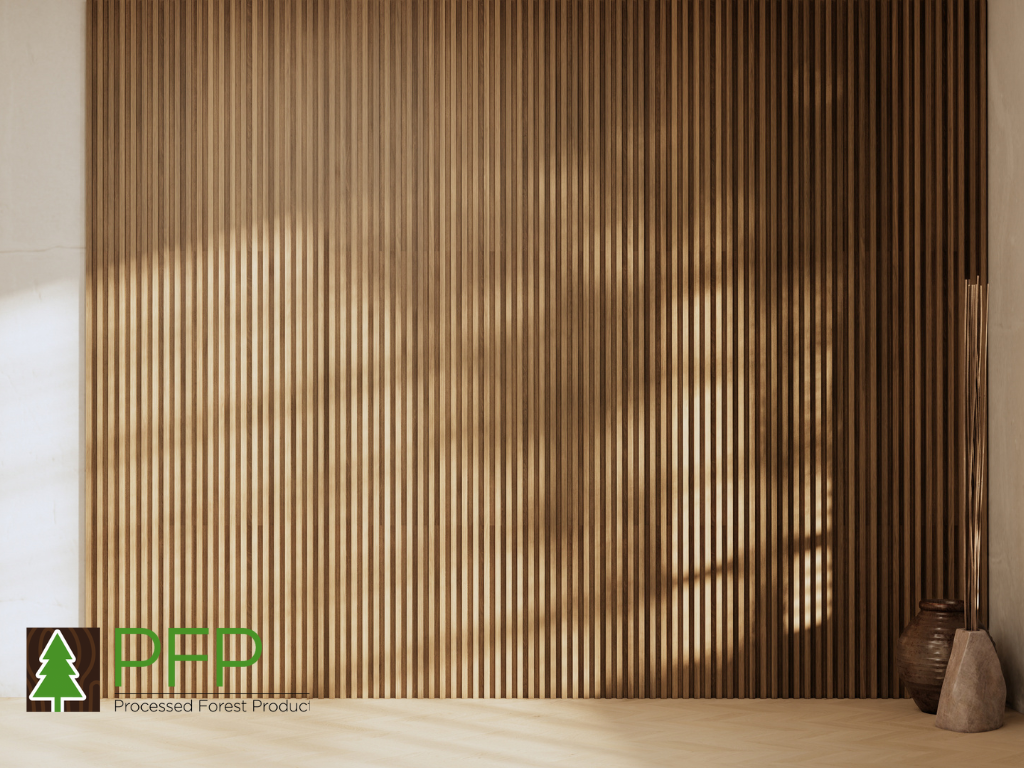
Addressing Common Challenges in Using Wood Paneling in Modern Construction
Implementing wood paneling in modern construction can present several challenges. These include issues related to moisture and humidity, which can cause warping or rotting, and the challenge of integrating wood paneling with contemporary building materials and techniques. Additionally, ensuring that wood paneling meets fire safety and building code requirements can be a significant concern.
Innovative Solutions and Best Practices in Wood Paneling Implementation
Innovative solutions to these challenges include using treated and engineered wood products that are more resistant to environmental factors. Advances in fire-retardant treatments and coatings also make wood paneling safer and more durable. Best practices involve meticulous planning regarding the placement of panels, consideration of the building’s environmental conditions, and consulting with design and construction professionals who specialize in woodwork.
Global Perspectives on Wood Paneling in Architecture
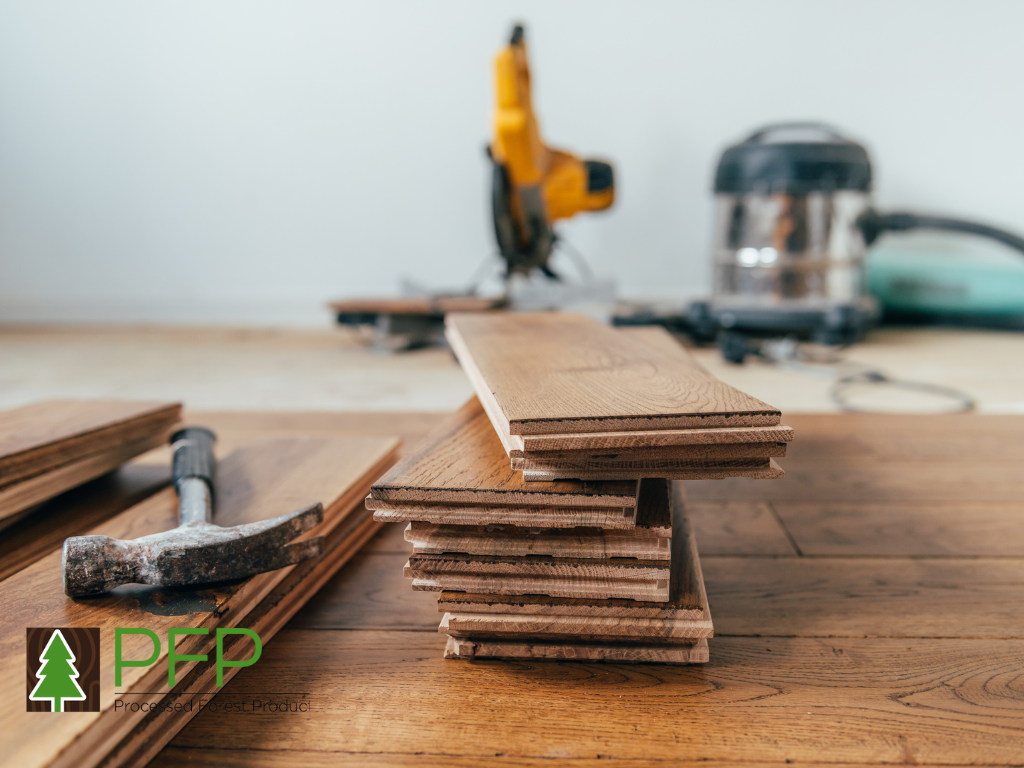
Examining Wood Paneling Use in Different Cultural and Geographic Contexts
Wood paneling’s use varies significantly across different cultures and geographic locations, reflecting local architectural styles, climate conditions, and cultural significance. In some regions, wood paneling is integral to traditional architectural designs, while in others, it is used more sparingly and in combination with other materials.
Learning from International Designs and Techniques in Wood Paneling
Learning from international designs involves understanding how various cultures use wood paneling to create distinct architectural styles. This can include the minimalist approach in Scandinavian design, the intricate carvings found in traditional Asian architecture, or the rustic, handcrafted styles prevalent in mountain cabins. These diverse techniques offer a rich source of inspiration for incorporating wood paneling in modern designs.
Future Directions and Innovations in Wood Paneling
Emerging Trends in the Use of Wood Paneling
Emerging trends in wood paneling include the increased use of reclaimed and recycled wood, reflecting a growing commitment to sustainability. Another trend is the blending of wood paneling with modern materials like metal and glass to create eclectic, contemporary designs. Additionally, digital fabrication techniques, such as CNC routing, are being used to create unique, customizable patterns in wood paneling.
Potential Future Innovations and Their Impact on Design
Future innovations in wood paneling might focus on enhancing its environmental sustainability, such as developing new types of eco-friendly treatments and finishes. Advances in material technology could lead to wood panels that are more adaptable to various climates and conditions, broadening their application in architecture. The integration of smart technologies, such as responsive surfaces, could also transform wood paneling from a static element into an interactive part of the built environment.
Conclusion
Wood paneling continues to be a significant element in modern architecture, offering a unique blend of aesthetic appeal, functionality, and sustainability. From addressing contemporary construction challenges to drawing inspiration from global architectural practices and embracing future trends and innovations, wood paneling remains a versatile and evolving aspect of architectural design. Its ability to harmonize traditional charm with modern innovation makes it an enduring choice for architects and designers worldwide.

